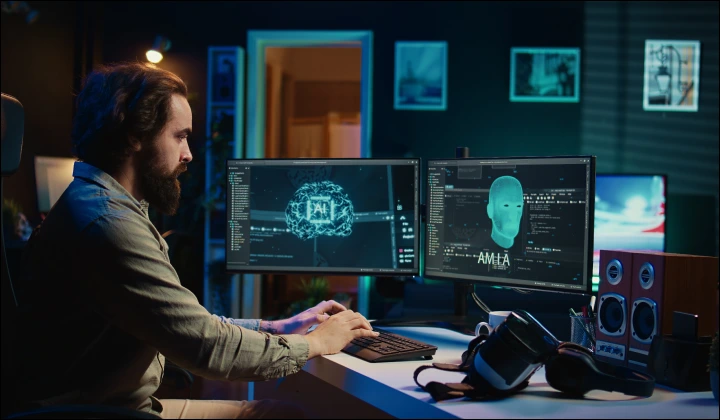Clinical workflows in healthcare are deliberate and time-tested. Whether it’s ER triage or radiology interpretation, every step is shaped by clinical necessity and efficiency.
For AI, especially computer vision (CV), to integrate successfully, it must operate within that framework.
Across North America and Europe, providers are exploring computer vision to improve diagnostic speed, reduce manual tasks, and optimize decision-making.
Yet according to the Stanford Institute for Human-Centered Artificial Intelligence, fewer than 20% of AI solutions in healthcare move past pilot stages.
Not because the algorithms fail. Because the workflows break.
This guide outlines how to operationalize computer vision in healthcare effectively by fitting it into clinical routines, not forcing a reinvention.




 12 mins
12 mins









 Talk to Our
Consultants
Talk to Our
Consultants Chat with
Our Experts
Chat with
Our Experts Write us
an Email
Write us
an Email





